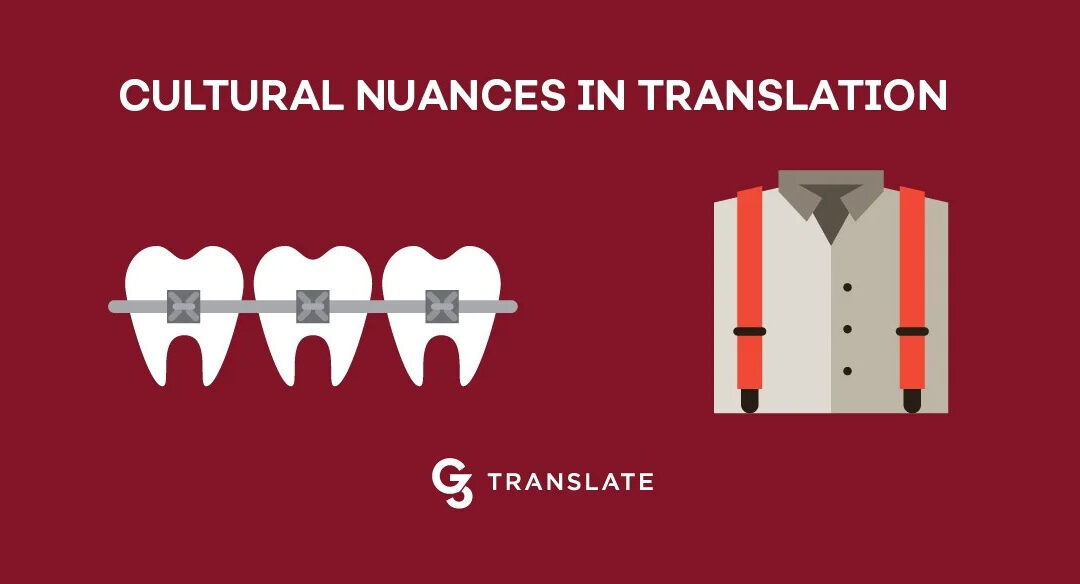It’s often joked that the U.S. Mason Dixon Line is the division between “y’all” and “youse guys.”
This joke is an oversimplification, of course, but it serves as an illustration of the types of cultural divisions in linguistics that exist all over the world. Braces in Britain are quite different from braces in the U.S. So are chips. And most languages don’t even have an equivalent of the Scottish “tartle” – that second of hesitation when introducing someone, because you forgot their name.
These are all light-hearted examples of how important culture is to language and translation. For businesses requiring accurate translation work that conveys their message, however, the matter isn’t humorous at all. Overlooking a significant cultural translation nuance can cause embarrassment and confusion, and wreck the appearance of legitimacy for a business.
As Michael Zakkour wrote in his excellent 2014 article for Forbes,
“Even the most sophisticated of consumer marketing giants can be tripped up by something as obvious as the importance of language.”
Zakkour makes the point that translation failures often stem from lack of understanding of history, language, society and philosophy – in short, culture. His area of focus in the article is China, and he sites some extremely high-profile cases of failed translation, including Coca-Cola’s “bite the wax tadpole,” and Pepsi’s inadvertent promises of communion with the deceased.
It shouldn’t be a huge surprise, then, that automated internet translation services (like Google Translate), aren’t quite up to speed at grasping the nuances of culture in translation. It’s a question of quality, not of quantity. According to Franz Och, Distinguished Research Scientist for Google Translate, in his blog, Breaking Down Language Barriers, more than 200 million people access Google Translate every day. For individual correspondence and quick, personal translations, it’s very widely used. But the majority of this use isn’t on par with the level of importance or scrutiny of Coke or Pepsi’s emergence into a new marketplace.
In the same article, Och says,
“Of course, for nuanced or mission-critical translations, nothing beats a human translator.”
Truth.

Contextual linguistics that are easily worked out when read or spoken can be evasive for automated translation services. Words with multiple meanings are not implicitly understood without a framework of cultural understanding. The internet doesn’t have that power yet.
For the simplest example, let’s look at the word “trainers.” Trainers can refer to shoes or to workout gurus, and in actuality, the two are frequently found together.
If you ask Google to translate “the trainers wore trainers and left on trains,” to French, and translated the results back to English, it would return as, “The coaches wore the coaches and left them on the trains.” Big deal? Totally, if you’re in the shoe business and need international translation. You can find hundreds of pages worth of examples of automated translations that do – somehow – meet the mechanical requirements – but fall completely short on context.
At G3 Translate, our translation teams are hand-picked to be the best suited for each project we work on. We adhere to a strict multi-step translation and validation process, which ensures cultural and translation accuracy – in context.



